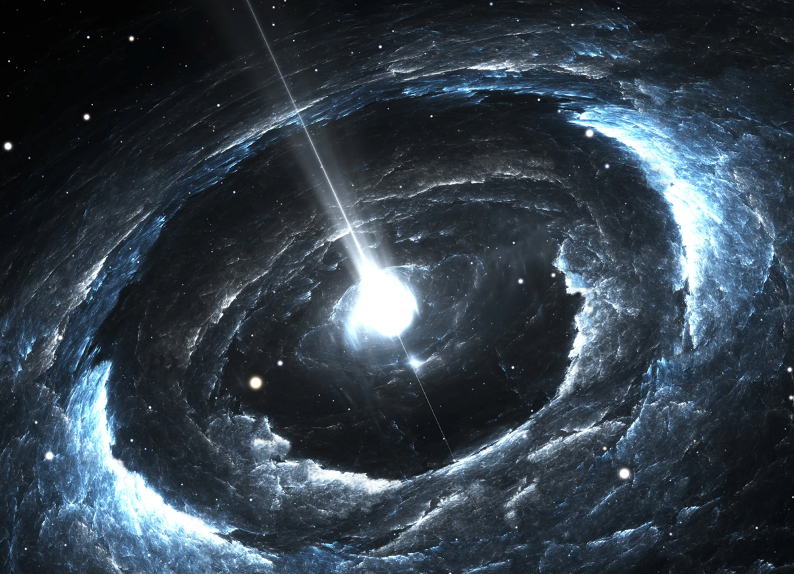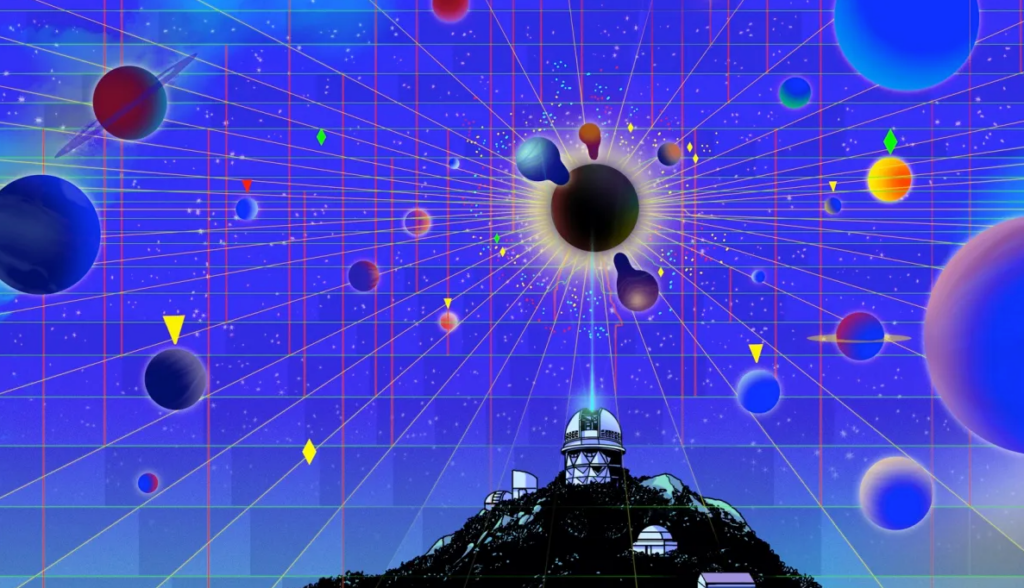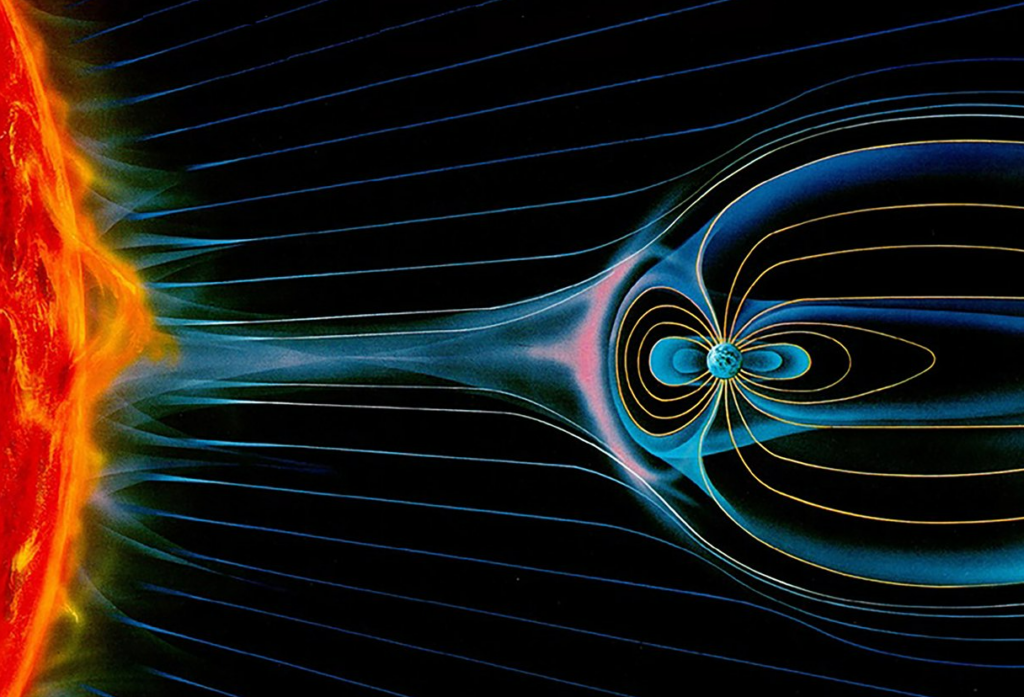SHOW #5 Atlanta, CA – May 28th – COSMOS
We are dancing with the sounds of faraway galaxies. Come along on our ride through the solar system. Have you ever looked up in the sky and imagined you heard the universe singing its song to you?
In the beginning of the beginning.
In the beginning of our universe: mysterious forces came together, and space, matter, and time began with a vibration unlike anything before or since. The big bang, a birth in chaos and din, was beat one.
What would it be like to hear the universe sing, to hear its signature sounds wash over you as you glide from galaxy to galaxy? Pythagoras claimed to hear the cosmos. These orbs were all moving he surmised, therefore a sound. Of course, he could not actually hear the sounds, as the ear was not made for those spectral ranges. But today we could do what Pythagoras only dreamed of doing. We have the science, the ears to now hear our vibrating universe at work.
We can go back to the moment where time, our world first began…to the moment the universe blinked, to the seed sound, the Big Bang. This sound is still washing over us, the first rhythm, the first vibrations that set this universe on its long, strange trip. It was the beginning of time and the also the beginning of sounds. The thought of what it sounded like was always right up there in the must hear column. If Pythagoras heard the “music of the spheres” it was perhaps mystical flight, as the human ear would find these throbs, pulses, and noises too low, too high, or just too dense in content to perceive.
I would hope we all learn more of the sonic wonders that engulf us in its beams of vibration. Is music our way of entraining with the most powerful rhythms in the Universe, the sounds of our beginnings? Of course, it is…
From the big bang, the beginning of time then back to Earth…
We then will move on to another location, the Moon, the Sun, till we wind up back on Earth. The tectonic plates shifting will bring a beautiful conclusion to our interstellar journey.
Each night we will travel to a new place in our galaxy. Of course, we could never cover all the wonderful spectrums of sound in this vast universe, but we could sample these sonic wonders for a 31 sound-cycle journey. One Sound World for each day of our tour. Somewhere in our drums in space these sounds will appear.
It’s the Rhythm stupid!
The whole universe is a giant instrument played by the forces of nature…
There are sound waves emanating from the early universe. I’ve always been fascinated by creation’s opening chord, the Big Bang, the beginning of time and space, the downbeat.
The opening Crescendo. If you are going to think about the universe you must think about Sound. The origin of the universe is beat 1. It’s the “seed sound.”
The early universe, on the other hand, hasn’t fully relaxed, so it doesn’t have very well-defined frequencies. You do not get the beautiful pure tones of the universe until later, from a musical point of view Dark Matter is very boring, it’s hissy, the early universe doesn’t yet have the structure. Ordinary matter, which forms into stars and planets gets into stable situations and gives you these beautiful tones. It’s not until later in the universe that you get rhythm and syncopation and the clarity of tones. The early universe is a poor instrument because you don’t have enough resonances and oscillations to get the pure tones. There are all these sonic markers, big crescendo events, that exist in the history of the universe…
Rhythms of the Universe
Mark Ballora: My goal was to create galaxy renderings that sound similar-yet-different to the other galaxy sonifications. This group of files is meant to sound like a whispery chime, which I thought suited the hazy halo look of this galaxy.

Mickey Hart:
My friend, Nobel Laureate George Smoot talks about the sounds of the early universe as having some sounds in the human audio range and other electro-magnetic phenomena that you must scale up. As a tuned instrument the universe has all the modes, and the geometry of the universe that has white noise and then it makes transitions going up in frequency as it expands.
George Smoot did the first recording of the Cosmic Microwave Background radiation (The CMB). For this, he won the Nobel Prize in astrophysics in 2006 for “discovery of the cosmic microwave background radiation.”
George points out that there are some frequencies that are uniquely defined in the universe and some that are not. He states, “clearly the solar system is an accidental tuning” You wouldn’t expect with a million solar systems to get one that is exactly like this one! It’s the beat and the rhythm, the syncopation that is driving this whole thing. The amazing thing about the solar system is that it has had a very long time to relax and like a drumhead it has unique patterns of vibration and has very well-defined frequencies…
If you watch a simulation of the solar system, it is the same as watching an orchestra tune-up. It wobbles around a bit and then it tunes up!
George smoot and I were both on parallel paths for many years and now our paths would meet. The beginning of my story as a rhythmist was the beginning of the groove, beat one, the downbeat, the beginning of space and time. So it was for George. He was on the trail of the big bang as well. His scientific data on the existence of this singularity was awarded a noble prize in 2006. For him it was the light, the numbers, and the radiation that is expelled from every moving entity in the universe. If there is light there is sound.
Music making is not always what it seems, sometimes it represents the ‘wholly other,’ as Mercea Eliade would say. The ‘wholly other’ stands for something much bigger, more powerful, and quite different. That’s always been at the core of the music that I love.
Our need to make art, to make music, to make rhythm is essential to finding our place in the universe
I am not a scientist; I am an artist, a drummer, and a timekeeper. The basis of all life is vibratory, from the human organism to the rhythms of nature and the music/rhythms/vibrations that come from what we make, from what we call culture.
Our planet circles the sun every 365 days, the moon circles the earth every 28 days, and we spin on our own axis every 24 hours. This last rhythm, “circadian,” caused by the rotation of the earth, is probably the most powerful rhythm that affects all living creatures.
The atoms in our hand pulse at a million billion times a second. Molecules vibrate at about half the speed of atoms. And the rhythm of cells is about a third of that. Everything in nature is built up of electromagnetic fields vibrating at tremendous frequencies. If our ears were specialized enough, we would be able to hear the atomic structure of the universe singing underneath everything. According to the Hindus, in deep meditative states, you can hear the sound of fundamental reality; it’s the humming sound of “aummmm.”

When you listen to the pulses from the pulsars, astronomers “dechirp” them, when you listen to music in the back of a theater, the speakers have built in delay times to compensate for distance, the interstellar medium has dispersion too. This spreads the wavelength, so in pulsar recordings we hear the pulse and then the “inner pulse.” We hear a fundamental and sometimes the backside of the pulsar, a hot spot or maybe a jet.
Pulsars Blink on and off with predictable intervals which make them a readily musical element of a composition.
Vela emits radio, optical, X-ray and Gamma rays.
“The Vela pulsar — the collapsed stellar core within the Vela supernova remnant some 800 light-years distant. The Vela pulsar is a neutron star. More massive than the Sun, it has the density of an atomic nucleus. About 12 miles in diameter, it spins 10 times a second as it hurtles through the supernova debris cloud. The pulsar’s electric and magnetic fields accelerate particles to nearly the speed of light, powering the compact x-ray emission nebula revealed in the Chandra picture. The cosmic crossbow shape is over 0.2 light-years across, composed of an arrow-like jet emanating from the polar region of the neutron star and bow-like inner and outer arcs believed to be the edges of tilted rings of x-ray emitting high energy particles. Impressively, the swept back compact nebula indicates the neutron star is moving up and to the right in this picture, exactly along the direction of the x-ray jet. The Vela pulsar (and associated supernova remnant) was created by a massive star which exploded over 10,000 years ago.” http://apod.nasa.gov/apod/ap000609.html

When a black hole is forming, some of them sound like humpback whales. If you take gravity waves, treat them like they were sound waves, because they are compression waves, a transverse wave type, and translate them into sound, they chirp… and they make these beautiful sounds.

Background: “Space as a drum”
“Space as a drum” is how Janna Levin describes sounds from her TED talk (http://www.ted.com/talks/janna_levin_the_sound_the_universe_makes.html)
Similar (probably identical ) sounds can be found on web pages such as CalTech-Cornell’s Simulating eXtreme Spacetimes
(www.black-holes.org/explore1.html)
And MIT’s Scott Hughes’ Gravitational-wave sounds (http://web.mit.edu/sahughes/www/sounds.html).
The datasets in this package are simulated ripples in space caused by extremely massive objects, such as a black hole. (I don’t think we’ve been able to get close enough to a real black hole to take actual data measurements of the gravity fluctuations.)
The CalTech-Cornell site allows software to be downloaded that generates some simulations when compiled on a Linux machine. By glancing at the code and the source dataset, it appears that the data simulation is an outline describing the peaks and troughs of the wave. The software takes these values and interpolates a smooth curve connecting them, stretching over a user-specified duration time.
The audio files are created by taking these plots and putting them in a WAVE file wrapper, so that they can be played as audio files. That is, the data points become audio samples, which are audified. (Recall the distinction between audification and sonification from my first file upload in October. Audification describes direct data representation – converting the data points to audio samples. Sonification describes mapping data values to sound events.)
Stating that the results represent the “sound” of space being struck is true on a literal level, and it makes a great hook for a lecture. However, this type of representation has a few shortcomings.
The sounds are rather nondescript tappings (some of the files online are barely audible at all). Audification can be effective for large datasets that are at least somewhat periodic. But for datasets such as these, where the data describes events that are either transient, or constantly evolving, the contour of the plot is lost when the points are audified directly.
The audifications also represent a reduction in dimensionality. In space, the gravitational waves ripple over (at least) three spatial dimensions, but only one dimension (up-down) is represented in these plots.
By sonifying the plots, we can slow the rendering rate down further. This is possible by saving the WAVE files as plain text files, which removes the WAVE file wrapper, leaving us with just the samples/data points. These can then be read into a synthesis program (SuperCollider, again) and iterated at a user-specified rate. In this way, the data points become a control signal that may affect any number of auditory parameters (spectrum, pitch, volume, pan, etc.). This allows the rendering to realize the data on multiple auditory dimensions, instead of just one. By slowing the rendering rate, the contours of the data also become apparent, and the listening experience becomes more immersive.

Sonification Strategies
My idea in designing these sonifications was to create a stretching, throbbing sound, something like a cosmic jaw harp.
The data is applied to the following mappings:
A rich harmonic spectrum is passed to a highpass filter; the data controls the filter’s cutoff frequency. (This sounds like a melody, but the fundamental frequency actually stays constant.)
This highpass filtered signal is passed through a set of five bandpass filters, with center frequencies that are roughly coincident with the spectra that form the vowel “OH.” These center frequencies oscillate in a manner shaped by the data.
The panning oscillates around a central point in a manner shaped the bye data.
There is also a faint bed of filtered noise, the amplitude of which changes according to the data’s contours.
Background: Solar Wind
The sun constantly emits plasma – charged proton and electron particles, which are shaken loose from the sun due to its high heat. The interaction of solar winds with the earth’s magnetosphere causes the aurora borealis.
The sonifications consist of a variety of mappings of the two values for each timestamp: proton
density and thermal speed. The soundscape has two layers. Since the plasma is part of the sunshine and creates the aurora.I wanted there to be a “shiny” sound. Since the data describes density of charged particles,protons, I also thought there should be some suggestion of particles bouncing off of each other.

The Shine layer is driven by an impulse generator, the rate of which changes, being mapped from the proton density values. The boundaries between the impulses are blurred by durations times, a lag, and filtering, so that changes in the rate are as much timbral as rhythmic. The spectrum changes according to the contour of the thermal speed (temperature) values, with higher temperatures increasing the brightness.
The Bouncing Particles layer has two sublayers, one more percussive (or “dusty”), the other more pitched. The particles are driven by a SuperCollider unit generator called Dust, which outputs impulses at random amplitudes at random times, according to a setting for average rate. This average rate value is mapped from the proton density value. The pitch produced and the envelope attack time are also mappings of proton density. The temperature values control the volume level, as well as various filter parameters that shape the spectrum.
The Audio Files
The stems were created in SuperCollider. One stem is the Shine layer. The other three are the particles layer – dusty, pitched, and both dusty and pitched. Note that these three stems were created through separate iterations through the dataset – mute some tracks, run it; mute other tracks, run it again, etc. Since the Dust generator behaves slightly differently each time keeping the same statistical changes, but the timings of specific pulses varying – the three stems are not identical. Mixing them creates a more complex texture rhythmically than using just one.
MatLab: https://www.mathworks.com/products/matlab.html
